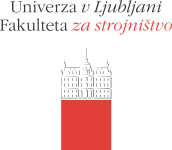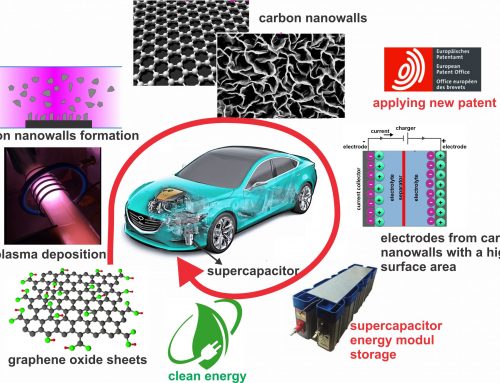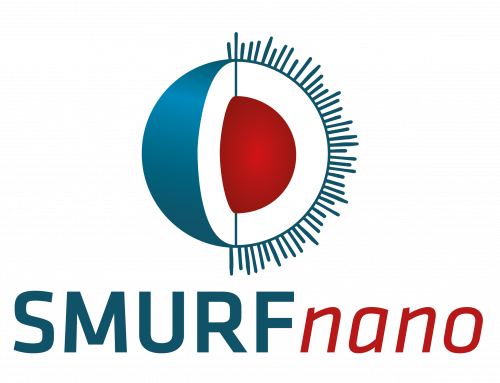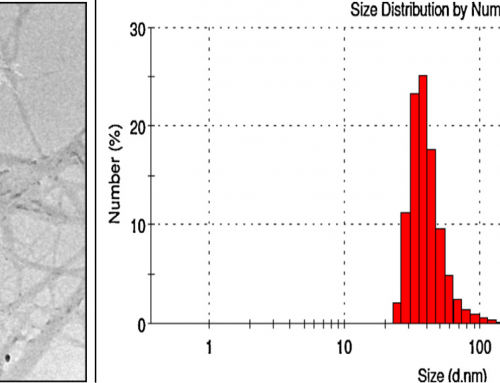Waterborne virus inactivation efficiency of a prototype device combining non-equilibrium plasma and hydrodynamic cavitation (L7-3184)
Project Leader: Asst. Prof. Dr. Rok Zaplotnik (Jozef Stefan Institute)
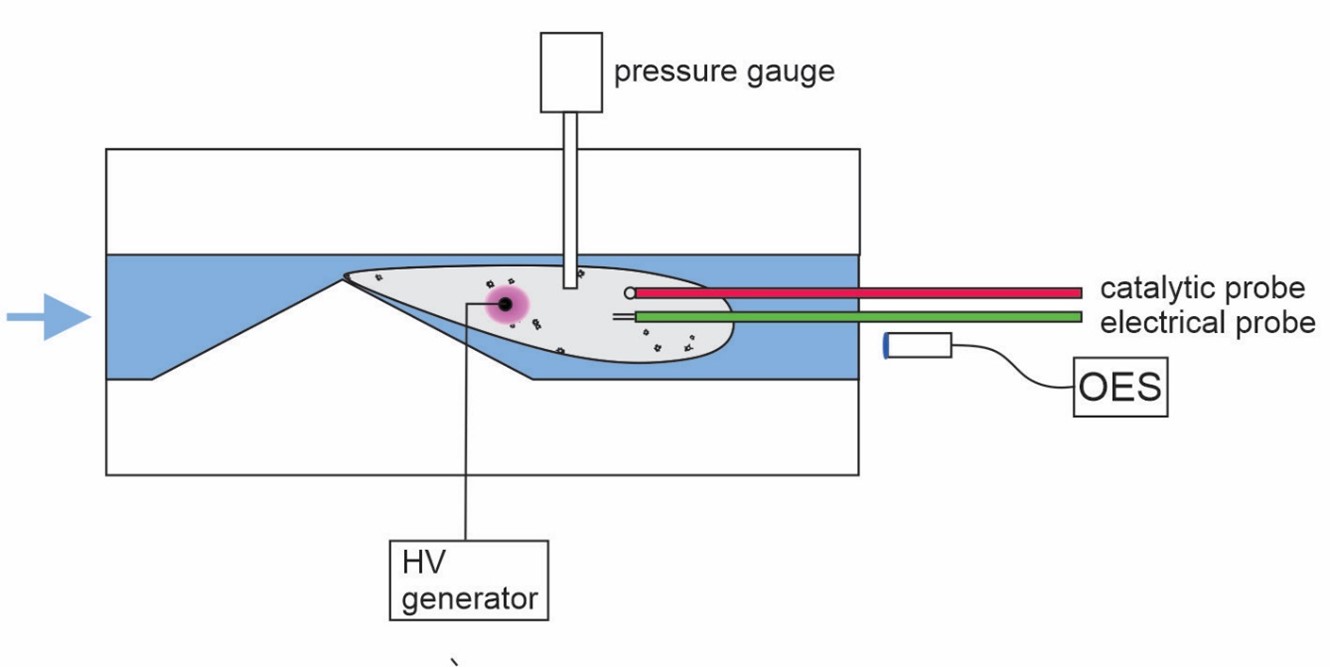
Scientific aspects of innovative technology for treating waters contaminated with plant viruses will be elaborated. The viricidal properties of gaseous plasma sustained in a super-cavitation bubble will be studied. First, a device useful for sustaining a rather stable low-pressure bubble using hydrodynamic cavitation will be constructed. The device will enable the insertion of electrodes for ignition and sustaining a gaseous discharge in the cavitation bubble and probes for characterization of the discharge and plasma parameters. RT-PCR of three long fragments will assess the gaseous plasma treatment effect on the viral RNA integrity spanned almost the whole virus genome. RT-ddPCR will be used to estimate the virus concentrations of the plasma-cavitation-treated waters, while the decay in the infectivity will be estimated by assessing the infection of the model plants. The degradation of viruses upon the treatment will be visualized by TEM. The gaseous discharge versus cavitation parameters’ properties will be measured with an oscilloscope, while the plasma parameters by VUV, UV and visible spectroscopies, electrical probes, and catalytic probes. The correlations between the plasma and discharge/cavitation parameters will be elaborated and published as separate papers. The most useful cavitation/discharge parameters in terms of production of viricidal UV and VUV radiation and OH radicals will be used to study the viricidal activities. Separate papers will be published on destruction kinetics for a few plant viruses versus the plasma parameters. The project team will consist of hydrodynamic cavitation and plasma physicists and virologists.


